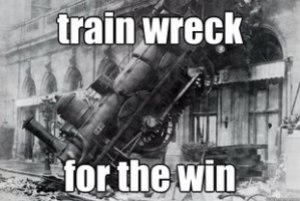After a long time spent in R&D, Japan is going to build a high speed magnetic levitation train between the cities of Tokyo, Nagoya and Osaka. MagLev trains can travel at over three hundred miles per hour and would cut an hour and twenty minutes out of the travel time between Tokyo and Osaka, Japan’s second largest city. MagLev trains work by repelling magnets in the train’s base, allowing it to ‘float’ above the rail lines with its only resistance being air, thus not only are travel times faster than they would normally be but also wear and tear on the train is reduced because of this. In case of a power failure Japan’s system will utilize rubber wheels to keep the train’s body from crashing down on the rails. Further, MagLev trains are not subject to weather conditions that would stall most trains, making it not only mechanically efficient but also maximizing the utility of the train line. This project is not expected to be completed until 2045 with a start date in 2014 with a price tag of $144 billion. The length of time as well as the budget are due to the desire to make the rail line as straight as possible thus over 60% of the train’s track will travel underground and through mountains. High speed travel in the US is only seen as being possible if the US consumer believes it is quicker and more convenient than air travel, the kind of train commuter culture that exists in Japan and Europe not being present in the United States. Current projects in the US for high speed lines include the Anaheim to Las Vegas DesertXPress as well as a proposed line between Pittsburgh International Airport and Greensburg. President Obama’s American Recovery and Reinvestment Act of 2009 set aside funding for high speed rail lines but the projects have been stalled due to budgetary as well as feasibility concerns.
